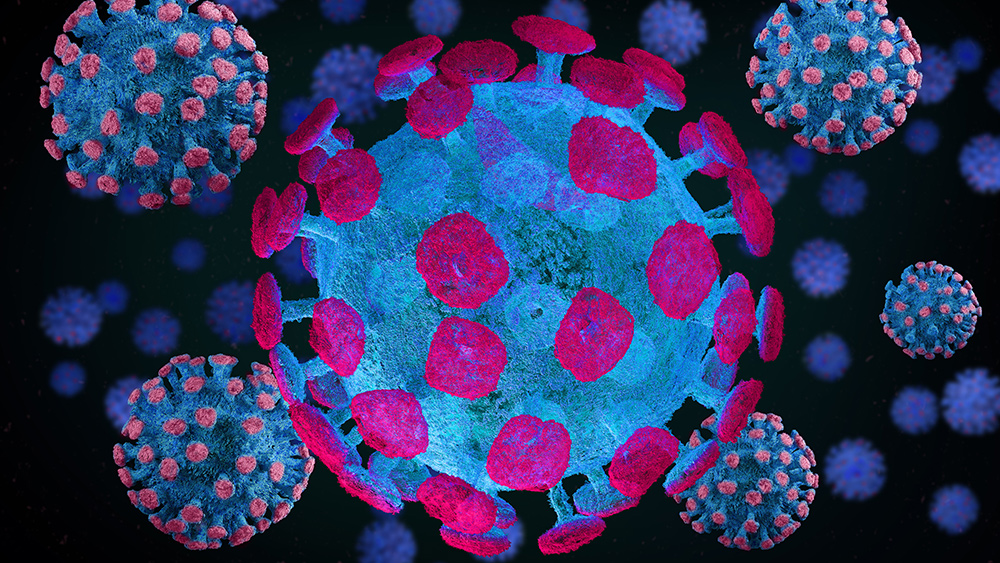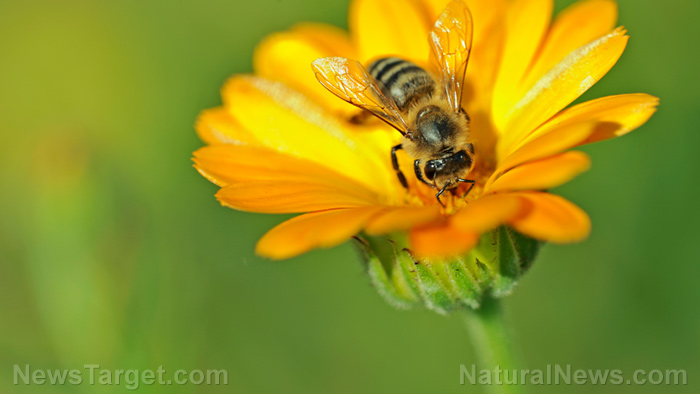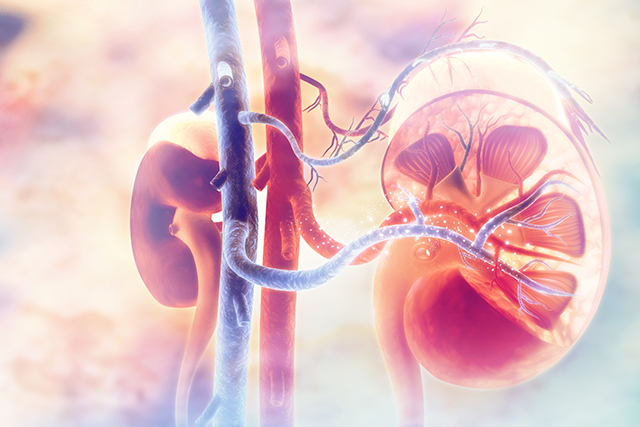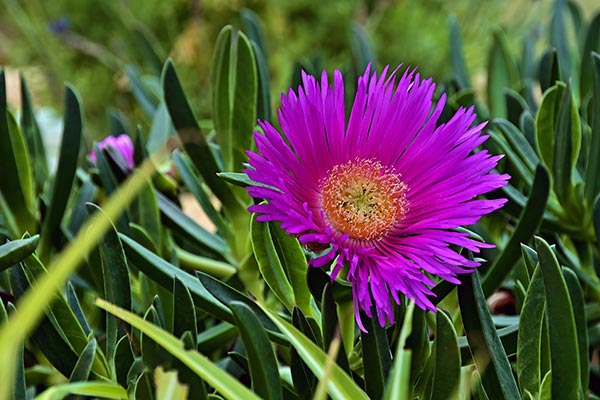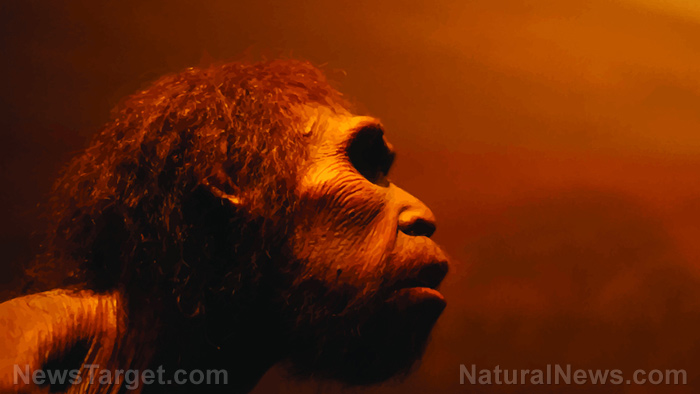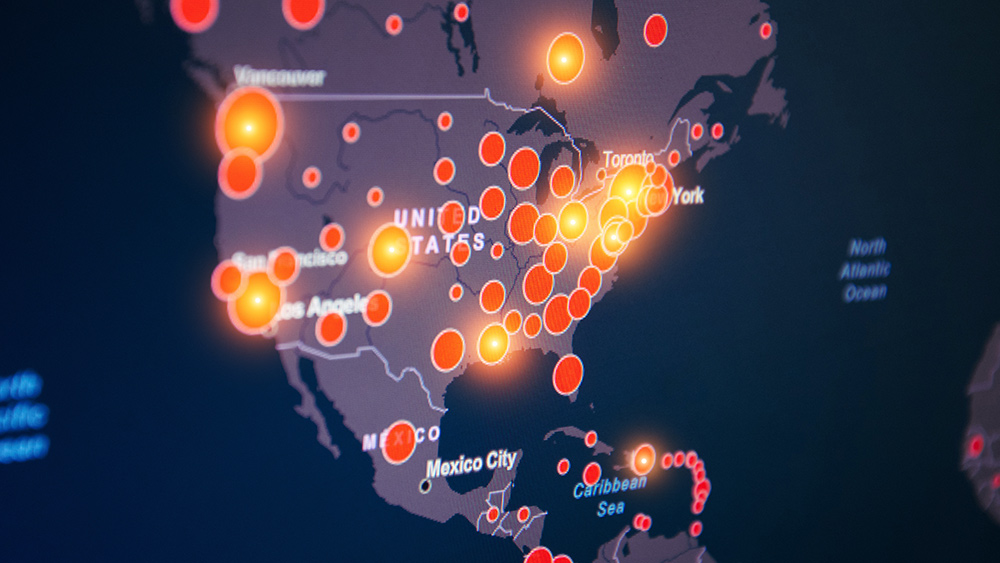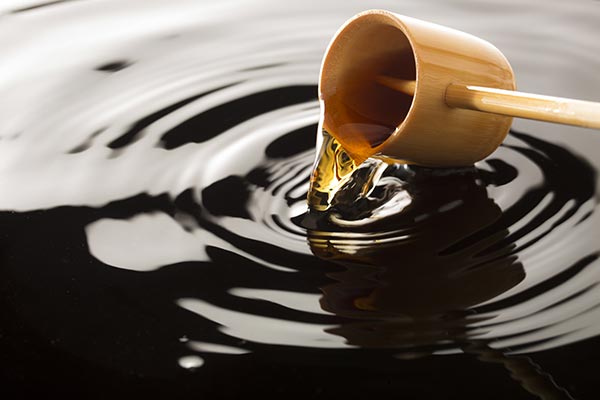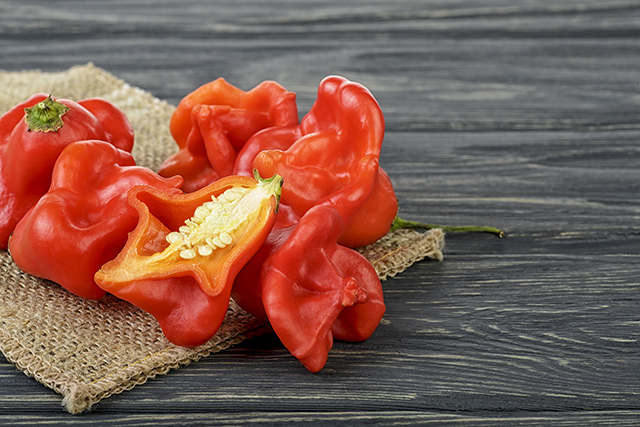The Arctic tundra has become greener since 1985, according to NASA study
10/07/2020 / By Virgilio Marin

Rising temperatures have turned the Arctic tundra greener, says a recent study from the National Aeronautics and Space Administration (NASA).
Tundra, which comes from a Finnish word meaning “treeless plain,” is the coldest of all land biomes. The region is characterized by limited biodiversity, short growing seasons and frost-molded landscapes low in nutrients. For those reasons, only a select group of crops and plants thrive in the tundra.
But there’s an important shift happening in the region, especially in the summer when the air and soil are warmer. An international team of researchers measured vegetation changes across Alaska all the way to Siberia using satellite data and found that most of the Arctic tundra has become greener.
Arctic tundra greening
The team used data from the Landsat program, a joint mission by NASA and the United States Geological Survey, which provides the longest continuous space-based record of Earth’s land. They conducted additional calculations to estimate the peak greenness for a given year for each of the 50,000 randomly selected sites across the Arctic tundra.
About 38 percent of the sites across Alaska, Canada, and western Eurasia greened between 1985 to 2016, based on satellite imaging data. Only three percent displayed a browning effect, which would mean fewer actively growing plants.
The researchers also included eastern Eurasian sites and compared data beginning 2000, when Landsat satellites started collecting images of the region. They found that about 22 percent of the sites greened between 2000 and 2016, while only four percent browned.
They compared these greening patterns with other factors and discovered that these patterns were associated with higher soil temperatures and soil moisture levels. These findings were supported by plant growth measurements taken from field sites across the Arctic tundra.
“Whether it’s since 1985 or 2000, we see this greening of the Arctic evident in the Landsat record,” said co-author Logan Berner, an assistant research professor at the School of Informatics, Computing and Cyber Systems at Northern Arizona University. “And we see this biome-scale greening over the same period as we see really rapid increases in summer air temperatures.”
Vegetation changes in the tundra impact wildlife and humans as they both depend on local ecosystems for food. Greening can mean that plants are growing and becoming denser, or that shrubs are encroaching on typical tundra grasses and moss.
The study, published in the journal Nature Communications, is part of NASA’s Arctic Boreal Vulnerability Experiment, which aims to better understand how ecosystems respond to increasingly warm environments and what these responses mean to life on the planet.
Increased carbon dioxide boosts plant growth
These findings come on the heels of another NASA-funded study, which found that up to 50 percent of Earth’s plant cover greened, and the major driver for the global greening is carbon dioxide fertilization.
The study, published in the journal Nature Climate Change, revealed that 25 to 50 percent of the global vegetated lands showed significant greening from 1982 to 2009. Meanwhile, less than four percent browned during that period.
The researchers investigated the extent to which rising carbon dioxide emissions contributed to Earth’s greening. Previous studies showed that increased greenhouse gas concentrations boost photosynthesis, and carbon dioxide fertilization is not the lone driver of increased plant growth. Factors such as land cover changes, higher nitrogen levels, and precipitation and sunlight changes can also spur a greening effect.
But analysis confirmed that carbon dioxide fertilization does have an outsized role in Earth’s greening. It’s responsible for 70 percent of the greening effect while the second most important driver, increased nitrogen concentration, accounted for only nine percent of the increased leaf coverage. (Related: Carbon Dioxide revealed as the “Miracle Molecule of Life” for re-greening the planet.)
“[Other] studies have reported an increasing carbon sink (carbon storage) on land since the 1980s, which is entirely consistent with the idea of a greening Earth,” said co-researcher Shilong Piao, a professor at of the College of Urban and Environmental Sciences at Peking University in China.
ClimateScienceNews.com has more on the changes in our planet’s climate.
Sources include:
Tagged Under: Arctic tundra, carbdon dioxide, carbon dioxide, carbon dioxide fertilization, climate science, Earth greening, Greenhouse Gas, greening effect, increased plant growth, NASA, Nitrogen, photosynthesis, urban vegetation, warmer temperatures
RECENT NEWS & ARTICLES
COPYRIGHT © 2017 RESEARCH NEWS






